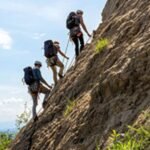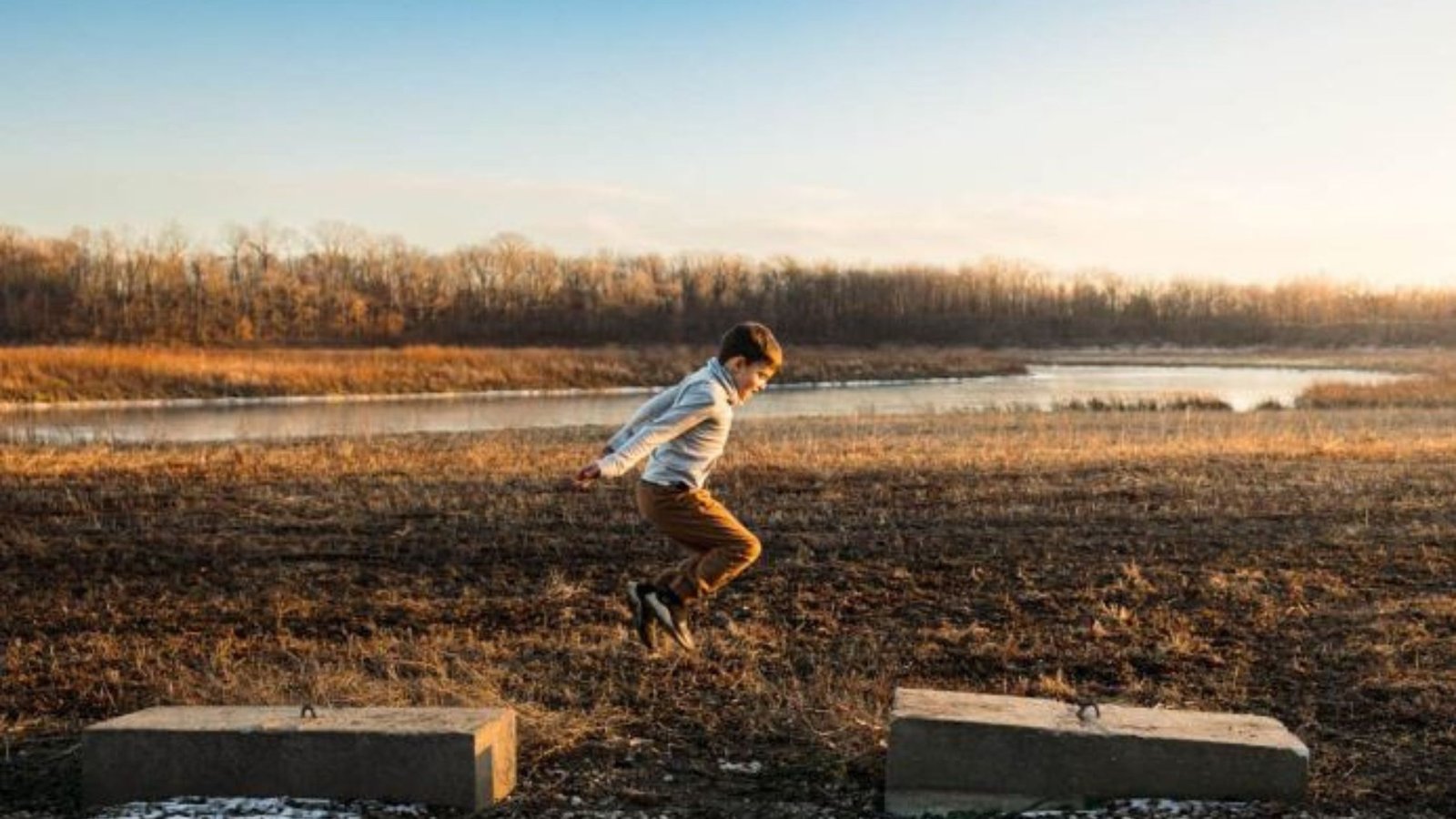Selecting the right gear is crucial for enjoying and succeeding in your outdoor adventures. The proper equipment ensures safety, comfort, and convenience, enhancing your overall experience. Here’s a guide on how to choose the best gear for your outdoor activities.

Identify Your Activities
The first step in choosing gear is to identify the specific activities you plan to engage in. Different activities require different types of gear. Hiking, camping, fishing, and kayaking each have their own essential equipment. Knowing your primary activities helps you focus on the gear you need.
Consider the Environment
The environment where you’ll be spending your time outdoors significantly influences the gear you’ll need. Consider the weather, terrain, and climate. For example, hiking in the mountains requires different clothing and equipment compared to a day at the beach.
Prioritize Comfort and Fit
Comfort is key when it comes to outdoor gear. Ill-fitting equipment can lead to discomfort and even injury. When choosing clothing, footwear, and backpacks, ensure they fit well and allow for freedom of movement. Try on gear before purchasing whenever possible.
Invest in Quality
Quality gear often comes with a higher price tag, but it’s worth the investment. High-quality equipment tends to be more durable, reliable, and efficient. Look for reputable brands and read reviews to find gear that offers good value for your money.
Start with the Essentials
Begin by acquiring the essential gear for your chosen activities. Here are some basics:
- Clothing: Dress in layers to adapt to changing weather conditions. Include moisture-wicking base layers, insulating mid-layers, and waterproof outer layers.
- Footwear: Choose appropriate footwear for your activity. Hiking boots, trail shoes, or water sandals should provide support, grip, and comfort.
- Backpack: A good backpack is essential for carrying your gear. Choose one with adequate capacity, comfortable straps, and compartments for organization.
- Navigation Tools: Maps, a compass, and a GPS device can help you stay on track.
- Safety Gear: First aid kit, headlamp or flashlight, multi-tool, and emergency shelter.
Select Activity-Specific Gear
Depending on your outdoor pursuits, you might need specialized equipment. For instance:
- Camping: Tent, sleeping bag, sleeping pad, camp stove, and cooking utensils.
- Fishing: Fishing rod, tackle box, bait, and appropriate clothing.
- Water Sports: Life jacket, paddle, waterproof bags, and appropriate watercraft.
Consider the Weight and Packability
Lightweight and packable gear is ideal for most outdoor activities. It reduces the burden and makes it easier to carry your equipment over long distances. Opt for gear made from lightweight materials without compromising on durability and functionality.
Check for Versatility
Versatile gear can be used for multiple activities and conditions, maximizing its utility. For example, convertible pants that zip off into shorts or a jacket with removable liners can serve you well in various situations.
Ensure Weather Resistance
Outdoor conditions can be unpredictable, so choose gear that offers protection against the elements. Waterproof, windproof, and UV-protective clothing and equipment ensure you stay comfortable and safe in diverse weather conditions.
Test Your Gear
Before heading out on a major adventure, test your gear on shorter trips. This practice helps you become familiar with your equipment and ensures everything functions properly. It also allows you to identify any adjustments or additional items you might need.
Conclusion
Choosing the right gear for outdoor experiences involves careful consideration of your activities, environment, and personal comfort. Investing in quality, versatile, and weather-resistant equipment enhances your safety and enjoyment during outdoor adventures. Use these tips to select the best gear and make the most of your time in nature.











